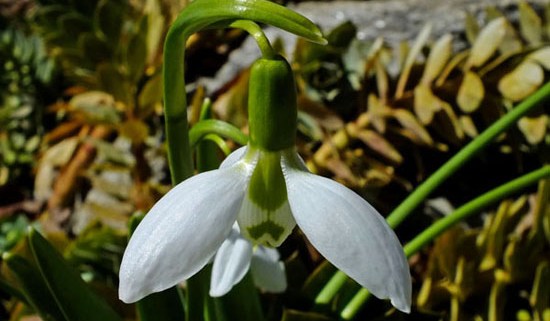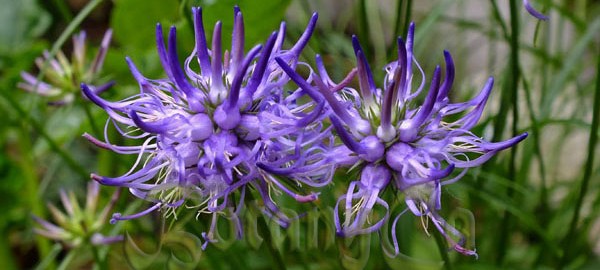At the beginning the year I declared 2016 as The Year of the Thistle, including in this category besides the ‘true thistles’ (Cirsium, Carduus and Onopordum), other genera that don’t have spiny leaves/or are commonly called thistles (Jurinea, Centaurea, Carthamus, Carlina, Rhaponticum, Echinops…).
I wasn’t joking. Some of the new tried out species are doing fine and are already planted out – Berkheya, Jurinea sordida, Carlina acaulis. Probably Centaurea triumfettii would have also flowered if not transplanted too late.
But, another one, a true thistle is flowering! Cirsium canum, in its second year from seeds, proves out to be a most wonderful plant. Everything, from the silvery, bold foliage to the neat, globular flower buds and the soft flower heads continuously foraged by some pollinator – it’s just perfect!

Cirsium canum – An architectural thistle with silver-green foliage and purple flowers from late summer to fall; it will remain in a clump and therefore it can be safely grown in the garden for the delight of the pollinators :)
I wish I had more seedlings! A full sun position suits it very well. In the wild habitat it grows in somehow moist meadows and I think it would like a bit more moisture than it has, but it has fared well so far with very little watering.

Cirsium canum flower head
There are so many more such species to try…































































